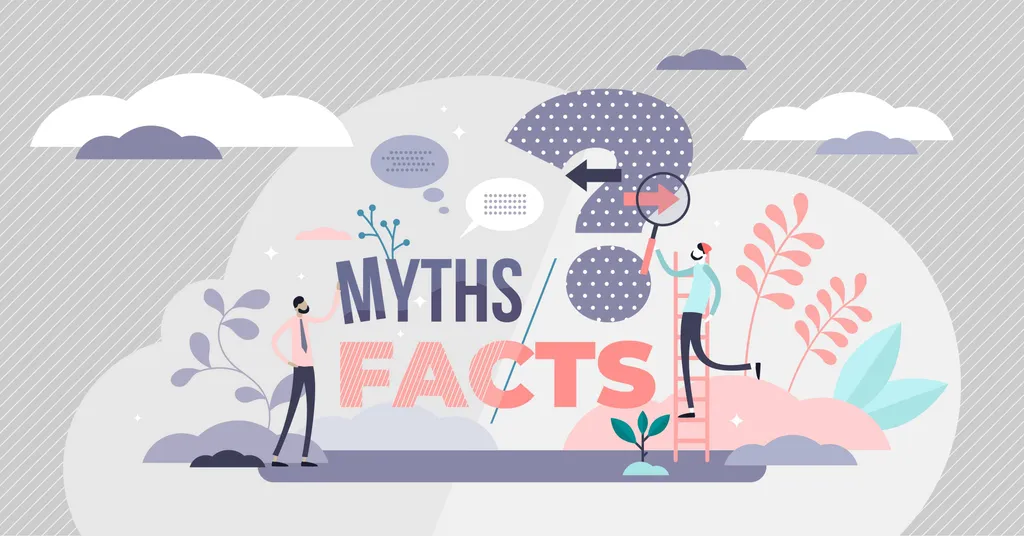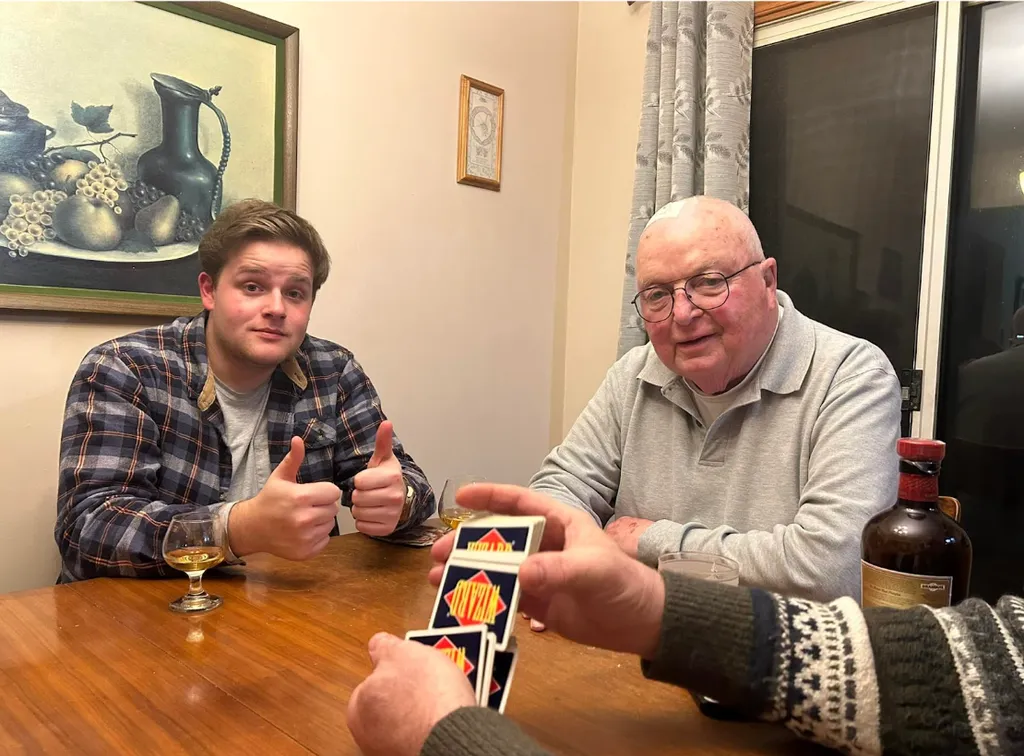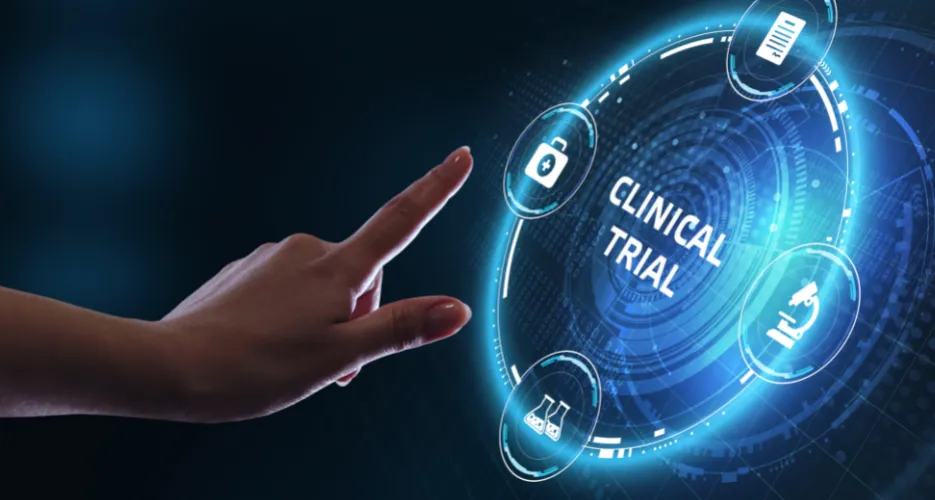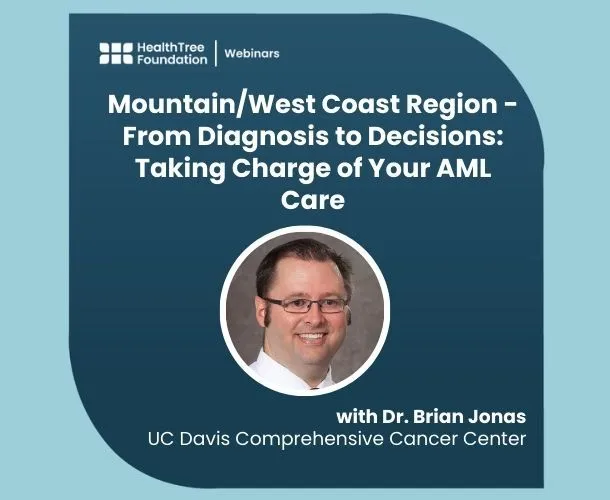Acute Promyelocytic Leukemia: A Subtype of AML

Acute promyelocytic leukemia (APL) is a subtype of AML. It occurs in 10%-15% of all adult AML cases. It is rare and aggressive, but also curable. It occurs because of an overproduction of promyelocytes (blood-forming cells) in the blood and bone marrow. This buildup of promyelocytes reduces the number of healthy white blood cells, red blood cells and platelets a person is able to make.
APL can occur at any age, but it is most commonly seen in middle-aged adults (median diagnosis around 40 years old). This AML subtype is caused by a mutation between the PML gene on chromosome 15 and the RARA gene on chromosome 17. Once the promyelocytes outnumber the healthy cells, the blood can not function properly.
The most significant symptom of acute promyelocytic leukemia is coagulopathy, the body's inability to form clots. This can lead to excessive bleeding in the gums or wounds, easy bruising and headaches. Due to the shortage of normal blood cells, other symptoms may appear such as:
- Fever, chills, night sweats.
- Muscle weakness and fatigue.
- Anemia.
- Loss of appetite and weight loss.
- Frequent infections.
- Pinhead-sized red spots on the skin (petechiae).
- Headaches, difficulty speaking or difficulty moving parts of the body, because of bleeding in the brain.
Having APL is a medical emergency due to blood clotting issues. Treatment should begin as soon as possible. “Because of advances in diagnosis and treatment of this disease, APL is now considered the most curable form of adult leukemia. Cure rates of 90 percent have been reported from centers specializing in APL treatment.”
How is APL Treated?
Treatment begins with all-trans-retinoic acid (ATRA). These non-chemotherapy drugs target the chromosome mutation and destroy the leukemia cells. The cancer usually responds well to this treatment and often goes into remission. The treatments used include:
- Tretinoin (Vesanoid®) and arsenic trioxide (Trisenox®) are common, effective ATRA medications used in combination
- Anthracyclines and gemtuzumab ozogamicin have also increased cure rates
During remission, patients often receive consolidation therapy:
- Additional cycles of ATRA
- Traditional chemotherapy
- Intrathecal chemotherapy
- Transfusions of platelets and blood-clotting medications
“Some high-risk patients continue with maintenance therapy for a few years to help prevent a recurrence. Maintenance therapy is intermittent and may involve a combination of ATRA and low-dose chemotherapy.”
Want to Learn More About APL?
Visit HealthTree for AML's Acute Promyelocytic Leukemia 101 page by clicking here.
Acute promyelocytic leukemia (APL) is a subtype of AML. It occurs in 10%-15% of all adult AML cases. It is rare and aggressive, but also curable. It occurs because of an overproduction of promyelocytes (blood-forming cells) in the blood and bone marrow. This buildup of promyelocytes reduces the number of healthy white blood cells, red blood cells and platelets a person is able to make.
APL can occur at any age, but it is most commonly seen in middle-aged adults (median diagnosis around 40 years old). This AML subtype is caused by a mutation between the PML gene on chromosome 15 and the RARA gene on chromosome 17. Once the promyelocytes outnumber the healthy cells, the blood can not function properly.
The most significant symptom of acute promyelocytic leukemia is coagulopathy, the body's inability to form clots. This can lead to excessive bleeding in the gums or wounds, easy bruising and headaches. Due to the shortage of normal blood cells, other symptoms may appear such as:
- Fever, chills, night sweats.
- Muscle weakness and fatigue.
- Anemia.
- Loss of appetite and weight loss.
- Frequent infections.
- Pinhead-sized red spots on the skin (petechiae).
- Headaches, difficulty speaking or difficulty moving parts of the body, because of bleeding in the brain.
Having APL is a medical emergency due to blood clotting issues. Treatment should begin as soon as possible. “Because of advances in diagnosis and treatment of this disease, APL is now considered the most curable form of adult leukemia. Cure rates of 90 percent have been reported from centers specializing in APL treatment.”
How is APL Treated?
Treatment begins with all-trans-retinoic acid (ATRA). These non-chemotherapy drugs target the chromosome mutation and destroy the leukemia cells. The cancer usually responds well to this treatment and often goes into remission. The treatments used include:
- Tretinoin (Vesanoid®) and arsenic trioxide (Trisenox®) are common, effective ATRA medications used in combination
- Anthracyclines and gemtuzumab ozogamicin have also increased cure rates
During remission, patients often receive consolidation therapy:
- Additional cycles of ATRA
- Traditional chemotherapy
- Intrathecal chemotherapy
- Transfusions of platelets and blood-clotting medications
“Some high-risk patients continue with maintenance therapy for a few years to help prevent a recurrence. Maintenance therapy is intermittent and may involve a combination of ATRA and low-dose chemotherapy.”
Want to Learn More About APL?
Visit HealthTree for AML's Acute Promyelocytic Leukemia 101 page by clicking here.

about the author
Lisa Foster
Lisa Foster is a mom of 3 daughters and 1 perfect grandchild, a puzzle lover, writer and HealthTree advocate. She believes in the mission of the foundation and the team that builds it forward. She calls Houston, Texas home.
More on Navigating Your Health
Trending Articles

Get the Latest Acute Myeloid Leukemia Updates, Delivered to You.
By subscribing to the HealthTree newsletter, you'll receive the latest research, treatment updates, and expert insights to help you navigate your health.












